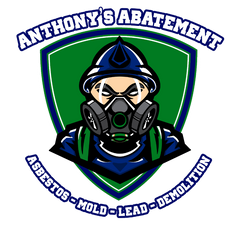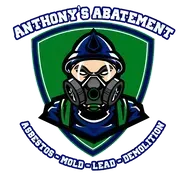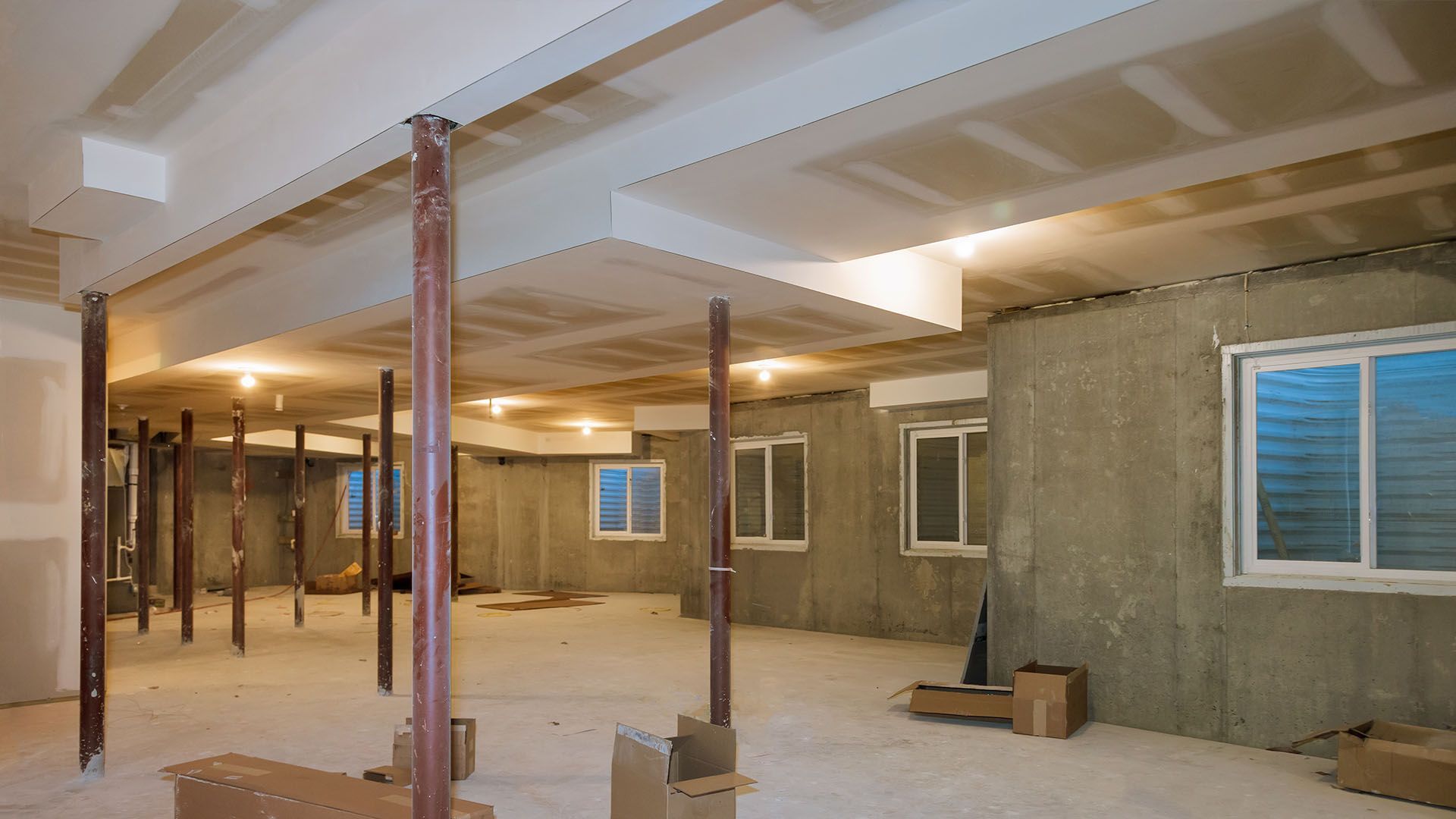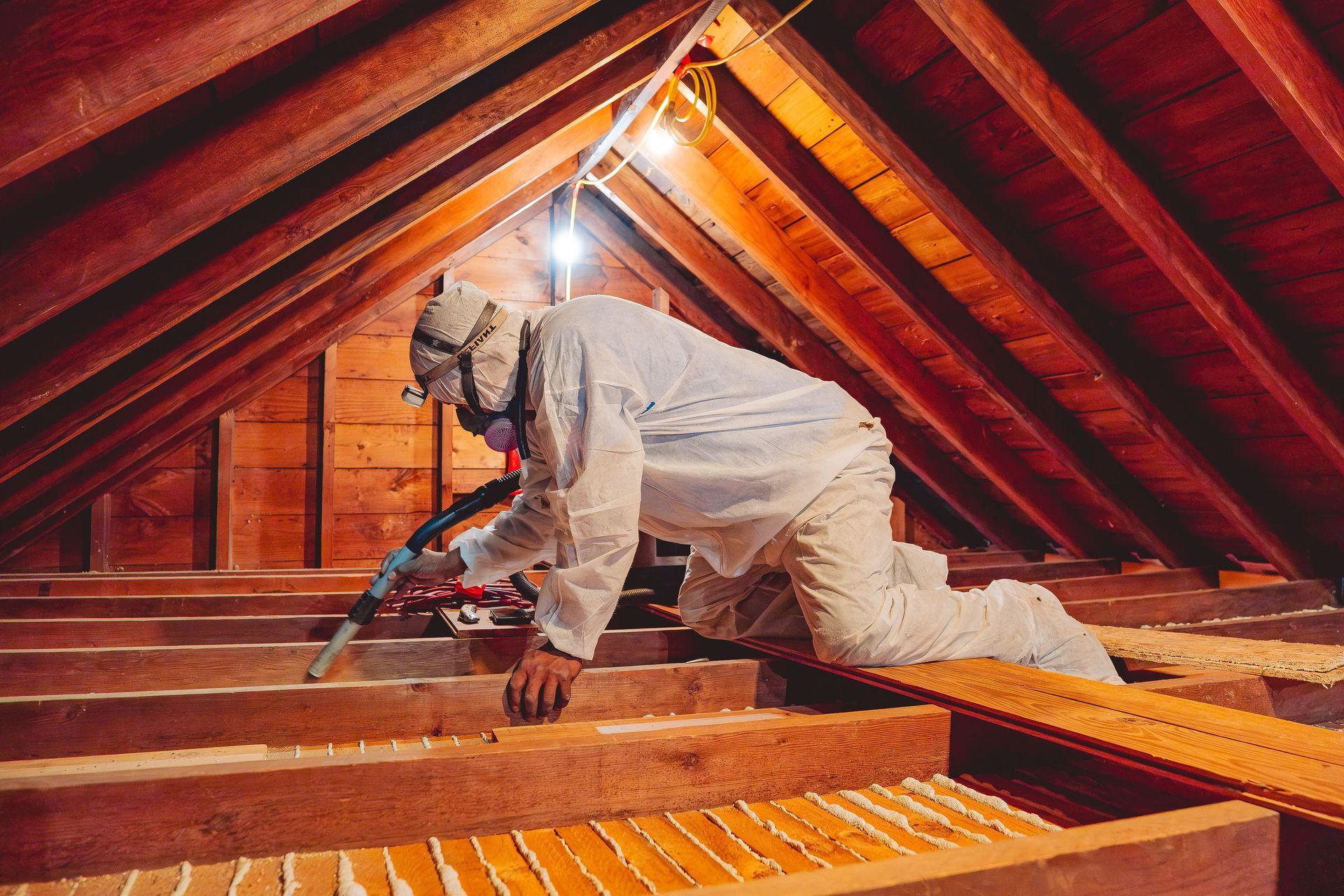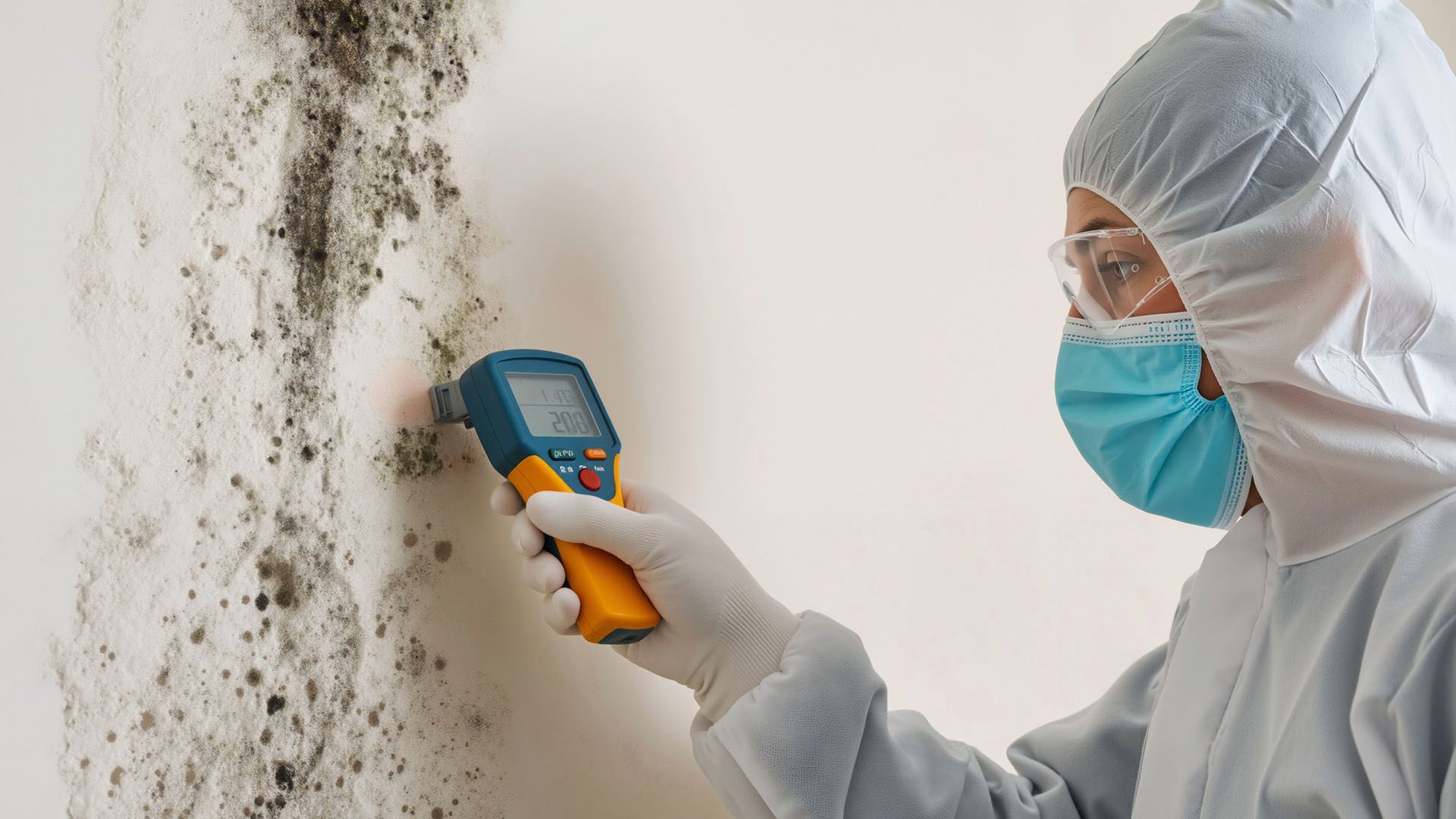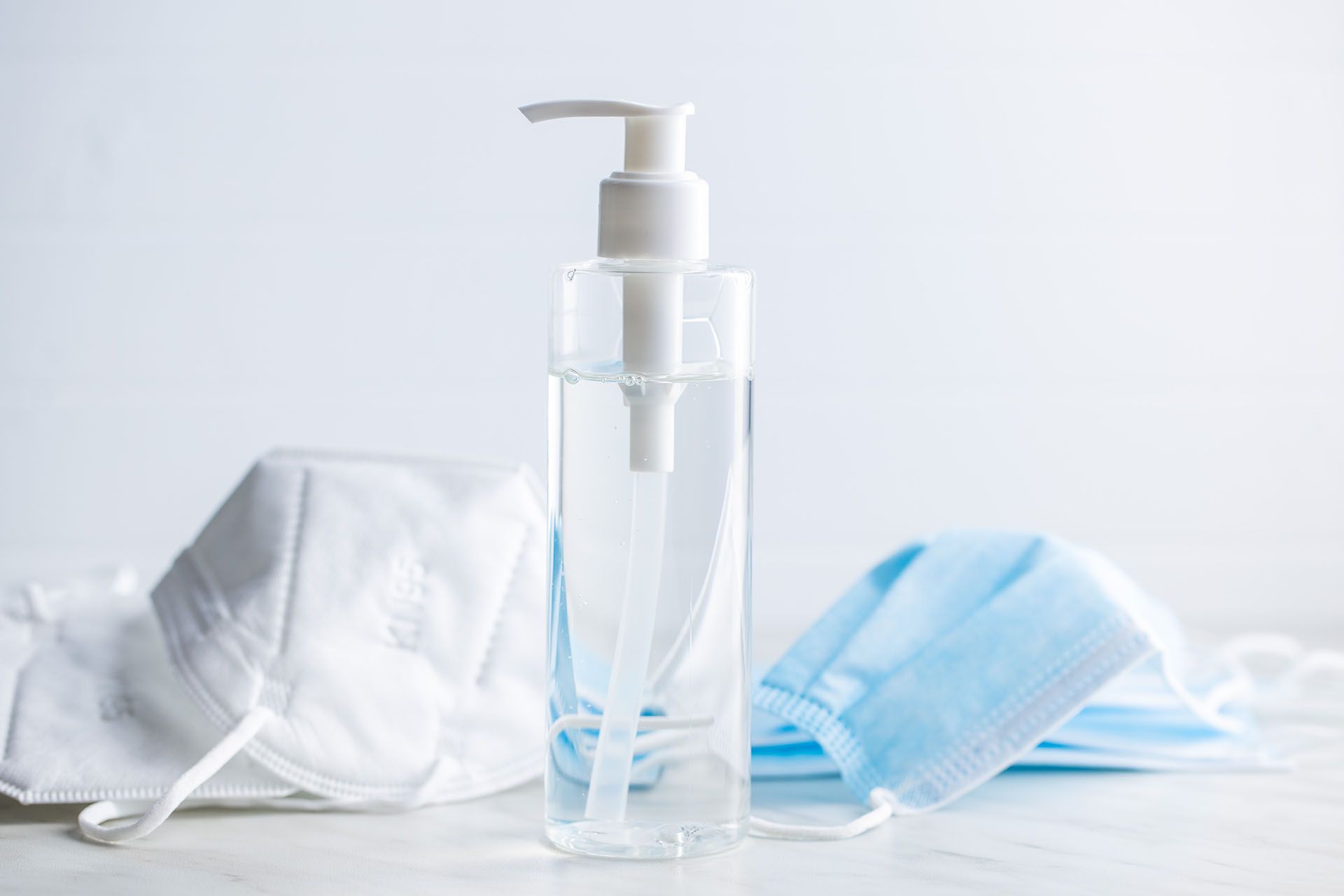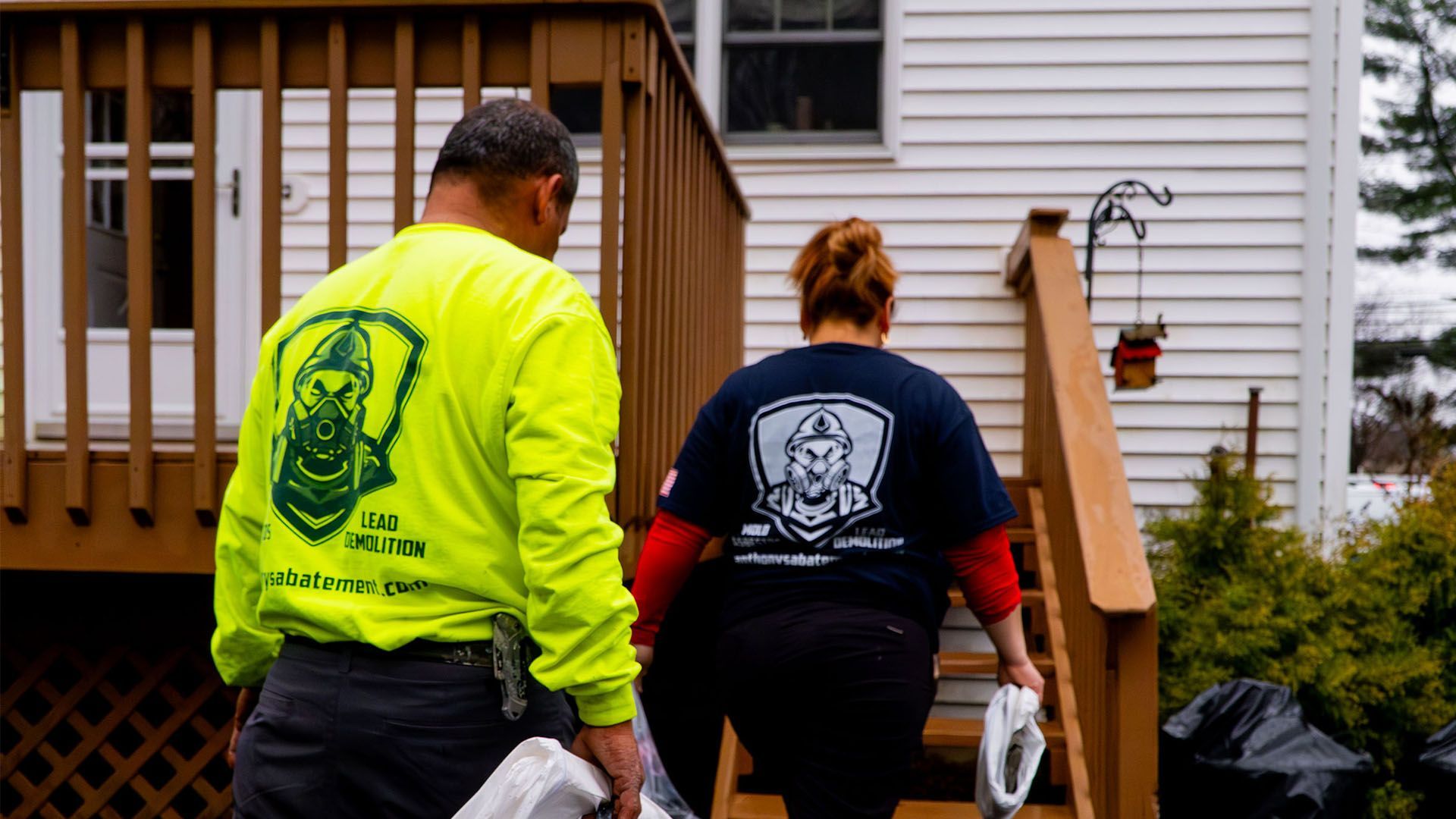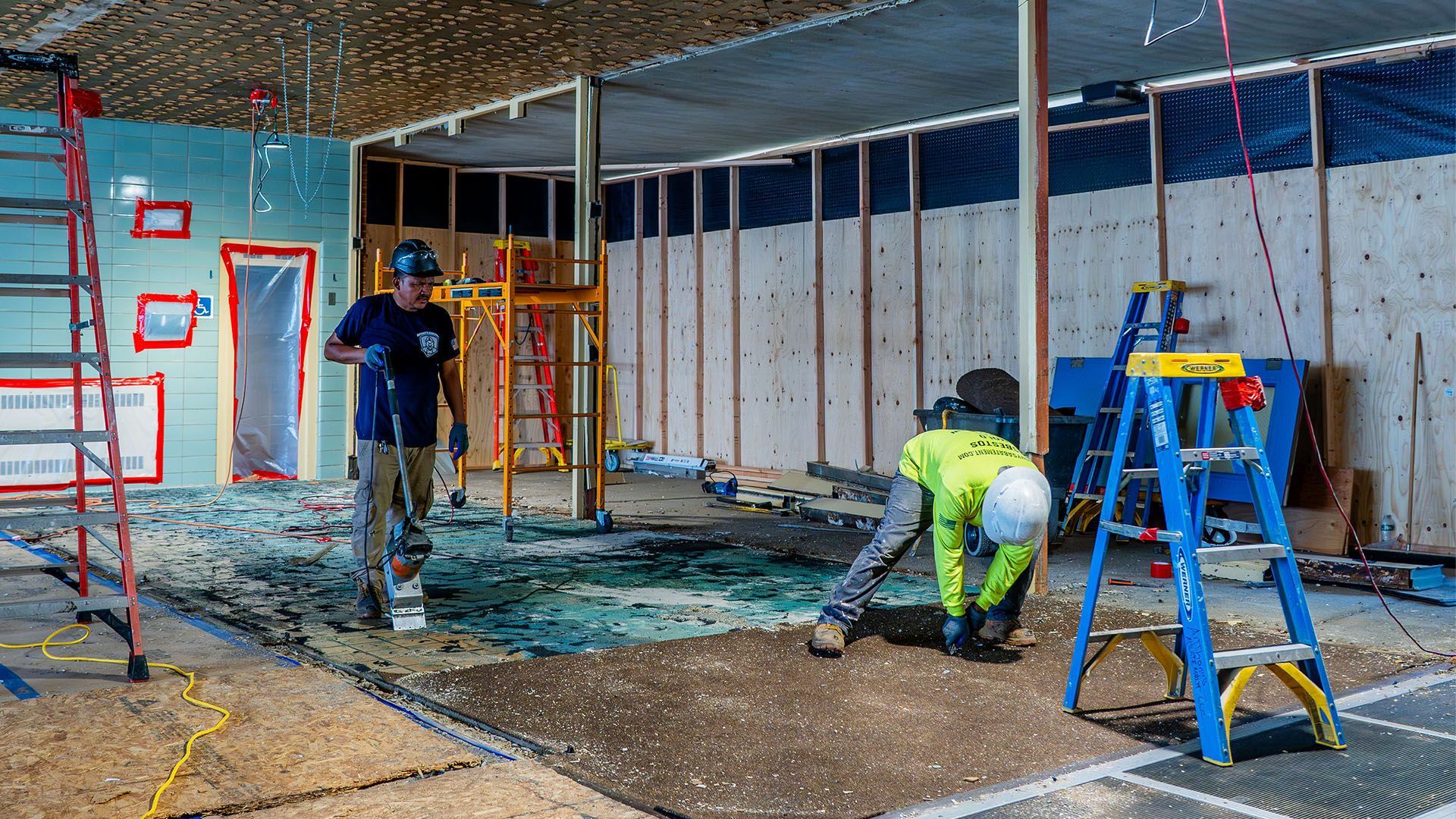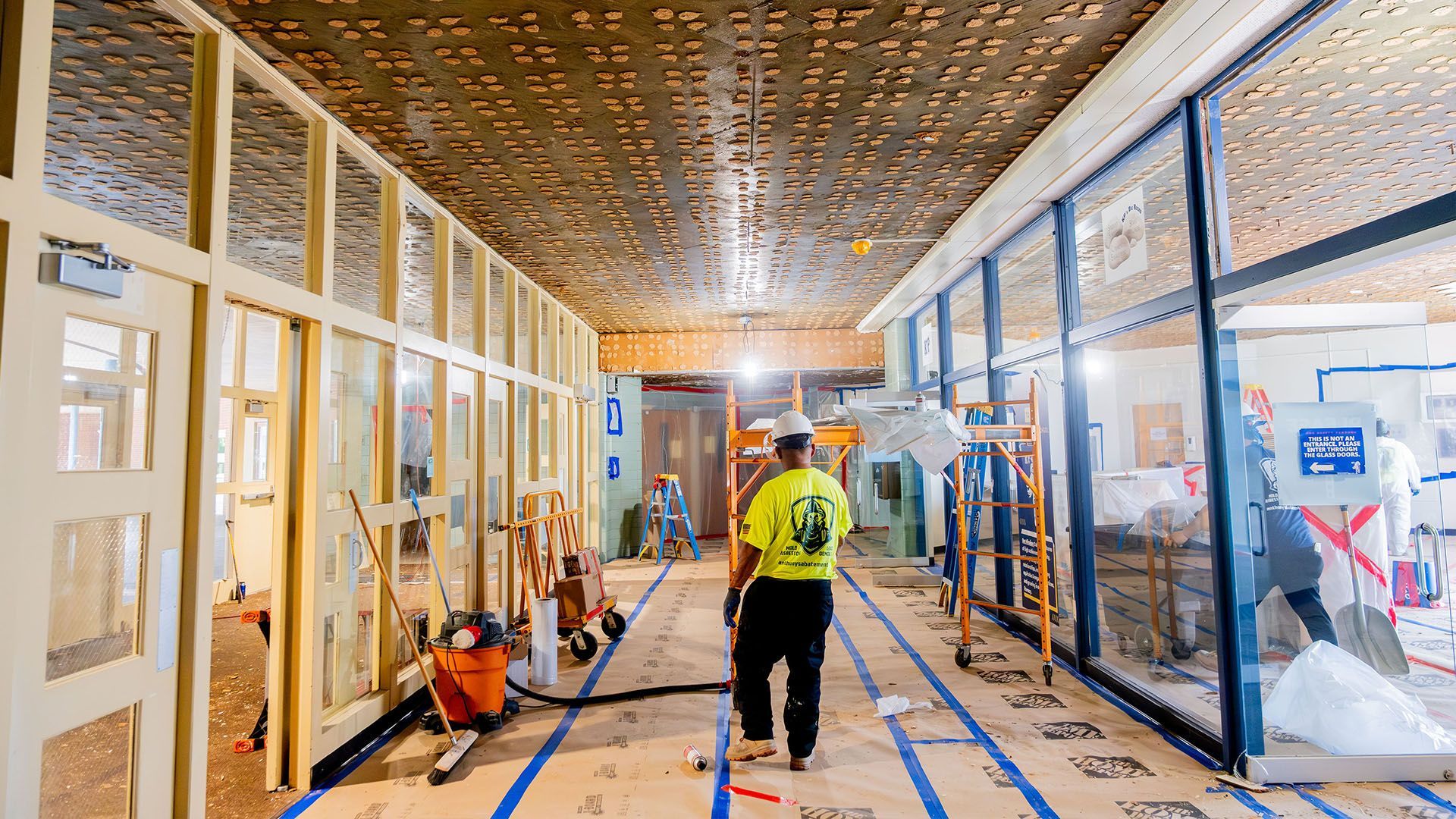How to Handle Mold in an Apartment Building
Anthony’s Abatement is an environmental services company focused on indoor air quality and building hygiene. Our team is trained to assess moisture problems, perform mold inspections in apartments, and carry out safe, standards-based remediation in multi-unit buildings. We follow widely accepted industry practices and documentation protocols so tenants and owners get clear, practical answers, not hype.
Mold needs moisture + time + a food source to grow. In apartments, the most common triggers are leaks (plumbing/roof), poor ventilation, and high indoor humidity. If you see or smell mold, or if occupants have persistent symptoms in a damp unit, report it, document it, and fix the moisture source first. Cleaning without fixing moisture only delays the problem.
Why Mold is So Common in Apartment Buildings
Shared Walls and Poor Ventilation
Apartments share walls, floors, and ceilings. That means moisture from one unit (like a steamy bathroom or a leaking dishwasher) can affect the neighbors. Poor ventilation in bathrooms, kitchens, and laundry closets traps humidity. Over time, this fuels poor ventilation mold growth, especially behind cabinets and in closets along exterior walls.
Plumbing Leaks and Water Damage
A small, slow drip in a wall can feed hidden mold in walls for months. Supply lines, waste lines, tub overflows, and HVAC condensate lines are frequent offenders. In stacked units, a leak on the 3rd floor can show up as ceiling stains on the 2nd. Water damage in apartments should be dried within 24–48 hours to help stop mold. Learn more about what to do immediately after discovering a water leak.
Inadequate Maintenance and Repairs
When caulking fails, roofs age, or window seals crack, moisture sneaks in. Delayed repairs allow repeated wetting and drying cycles, prime conditions for mold. Poorly insulated walls can also create cold surfaces that collect condensation.
Climate and Humidity Factors
Humid climates, and even humid seasons, raise indoor moisture. Apartment humidity issues spike in summer or during long cooking/showers without exhaust. Aim for indoor relative humidity between 30% and 50%. Dehumidifiers can help, especially in garden-level units.
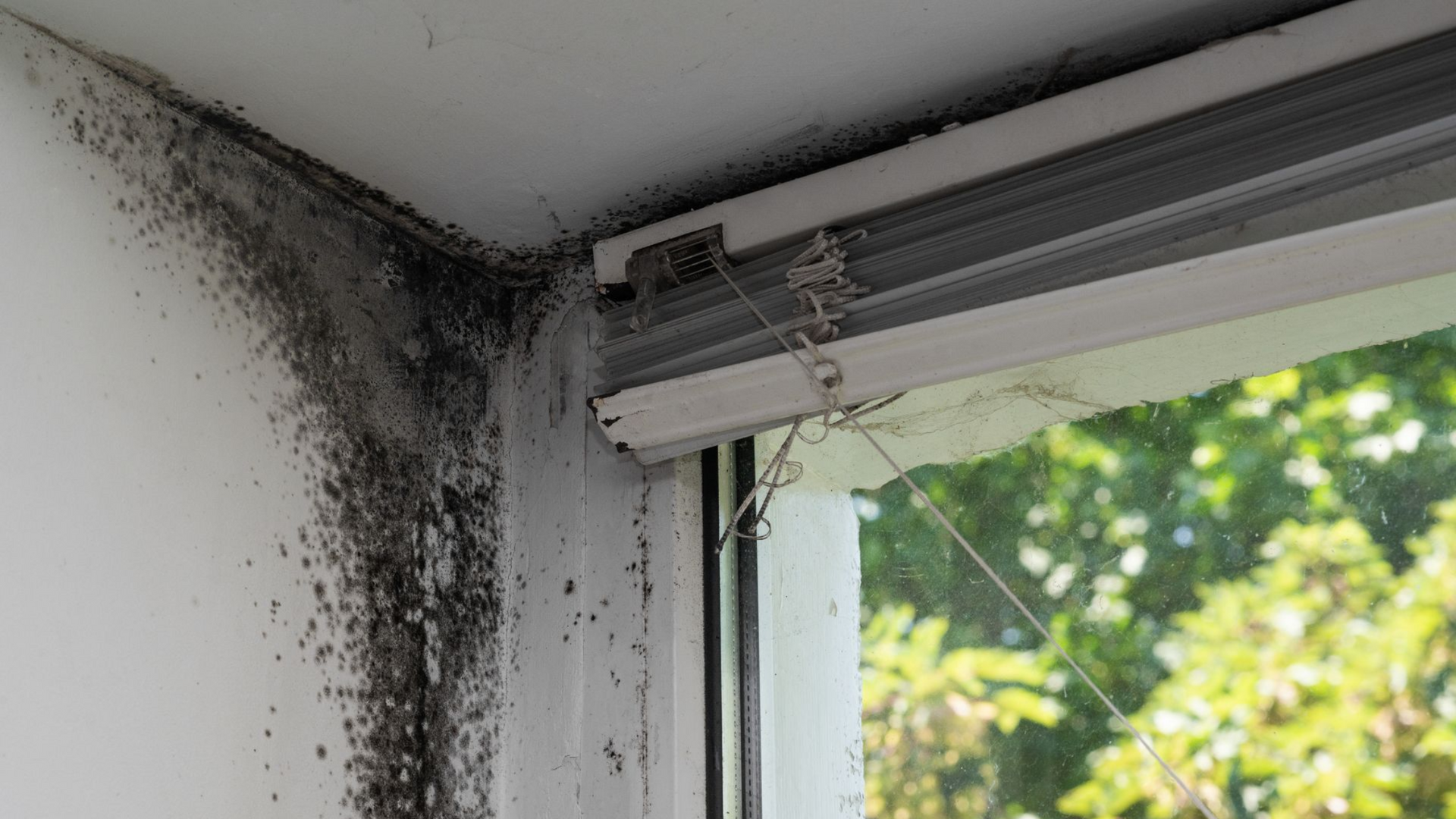
Signs of Mold in an Apartment Building
Physical Symptoms in Occupants
Common apartment mold symptoms include stuffy nose, coughing, wheezing, irritated eyes/skin, and worsened asthma. Symptoms that improve when you leave the unit (and return when you come back) are a red flag.
Visible Mold or Discoloration
Look for black, green, brown, or white patches on drywall, ceilings, window sashes, caulk lines, and inside cabinets. Note that "black mold in rental units" is a broad term, many molds look dark. Treat any visible growth with the same seriousness. If you're dealing with black mold in the bathroom, professional removal may be necessary.
Musty or Damp Odors
A persistent "earthy" or musty odor, especially after rain or when the AC is off, often indicates hidden growth even if you can't see it.
Condensation on Windows and Walls
Frequent condensation means humidity is too high or surfaces are too cold. Check for wet window tracks, peeling paint, or bubbling drywall.
Health Risks of Mold Exposure in Apartments
Common Respiratory Issues
Mold and dampness are linked with coughing, congestion, throat irritation, and asthma flare-ups. Sensitive individuals may feel effects sooner.
Long-Term Health Effects
Long-term exposure to damp indoor environments can contribute to chronic respiratory problems in susceptible people. The priority is remove moisture, remove damaged materials, and correct ventilation.
Vulnerable Populations at Greater Risk
Infants, older adults, people with asthma/allergies, and those with compromised immune systems may react more strongly to mold exposure health risks.
What to Do If You Discover Mold in an Apartment
Report the Issue Immediately
Tenants should notify the landlord or property manager in writing. Report tenant mold complaints promptly, small problems can become large if delayed. If you're unsure whether you have a mold issue, read our guide on what to do if you suspect mold in your home.
Document with Photos and Notes
Take clear photos or short videos of the affected areas, water stains, and any leaking pipes mold sources. Note dates, smells, and weather events. Keep copies of all communications.
Request a Professional Mold Inspection
Ask for a mold inspection for apartments by a qualified professional who can:
- Identify the
causes of mold in apartments (leak, humidity, ventilation).
- Use moisture meters/thermal tools to find hidden dampness.
- Provide a written plan for correction and, if needed, remediation.
Understand Your Tenant or Landlord Rights
Landlord responsibility for mold and legal rights mold in apartment vary by location. In many areas, landlords must provide a habitable residence and address defects like active leaks and significant mold. Check local housing codes, health department guidance, and your lease.
Preventing Mold Growth in Apartment Buildings
Improve Ventilation and Airflow
- Run bath and kitchen exhaust fans during and 20 minutes after use.
- Don’t block supply/return vents with furniture or rugs.
- Add door undercuts or transfer grilles to boost airflow in tight rooms.
Control Indoor Humidity
- Keep RH at
30%–50%.
- Use a dehumidifier in damp rooms, laundry closets, and garden units.
- Dry wet surfaces (window tracks, shower walls) after use.
- Avoid line-drying large loads indoors without ventilation.
Regular Plumbing and Roof Inspections
- Schedule routine checks of supply lines, wax rings, and trap seals.
- Inspect roof penetrations, parapets, and gutters, especially after storms.
- Service PTACs/mini-splits so condensate drains properly.
Use Mold-Resistant Materials and Paint
- In bathrooms and kitchens, select moisture-tolerant backer boards and finishes.
- Use
mold-resistant paint in high-humidity rooms after proper prep and drying.
- Seal tile and grout; replace cracked caulk promptly.
When Professional Mold Remediation is Needed
Signs the Mold Problem is Severe
- Visible growth covers a large area or multiple rooms.
- There’s
hidden mold in walls (buckling drywall, musty smell, high moisture).
- There’s a history of repeated leaks or flooding.
- Occupants have persistent symptoms linked to the unit.
What to Expect from a Mold Remediation Process
- Source control first: stop leaks and lower humidity.
- Containment: isolate work areas to protect neighbors and common halls.
- Air filtration: HEPA filtration during work.
- Removal: discard porous, mold-damaged materials that cannot be cleaned.
- Cleaning: HEPA vacuum and damp-wipe remaining surfaces.
- Drying & verification: confirm materials are dry to normal levels; document.
Learn more about our professional
mold remediation services.
Ensuring the Problem Doesn’t Return
- Verify moisture readings are normal before closing walls.
- Correct ventilation and insulation issues that caused condensation.
- Set maintenance schedules for periodic re-checks in risk-prone units.
Final Thoughts on Living Mold-Free in Apartments
Proactive Tips for Tenants
- Report leaks immediately and follow up in writing.
- Ventilate during cooking and showers; keep doors slightly open to improve airflow.
- Keep furniture a few inches off exterior walls to reduce cold-surface condensation.
- Use a low-cost
hygrometer to track humidity and adjust with fans/dehumidifiers.
- Clean and dry minor surface moisture ASAP; don’t ignore
apartment mold symptoms.
Ongoing Responsibilities for Property Owners
- Establish a moisture management plan for the building.
- Budget for
regular plumbing and roof inspections; fix issues fast.
- Provide working exhaust fans and educate tenants about proper use.
- Standardize materials (backer board, paints, caulks) for damp-area durability.
- Keep records of leaks, repairs, and post-remediation verification.
Have concerns about mold in an apartment building? Whether you're a tenant dealing with dampness or a property owner managing mold remediation in apartment buildings, Anthony's Abatement can help with clear inspections, moisture diagnostics, and practical remediation plans.
Reach out to schedule an assessment or to talk through next steps, no pressure, just straight answers and a path to a healthier home.
